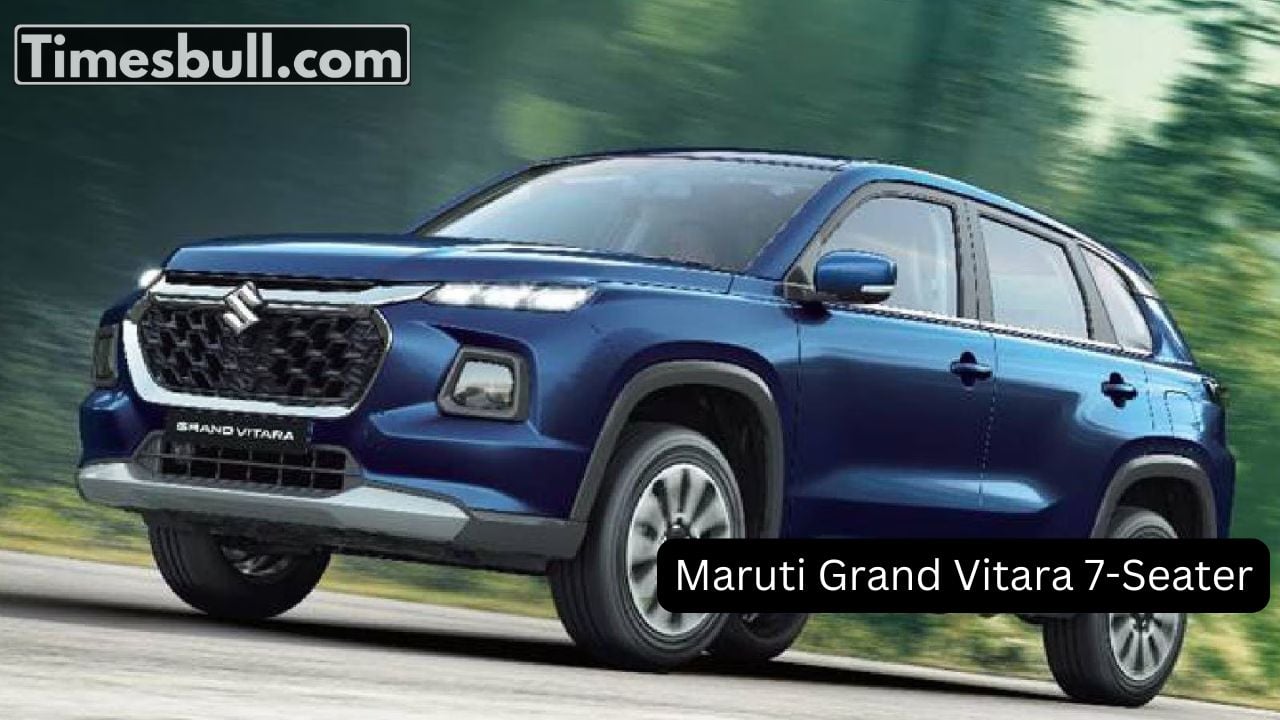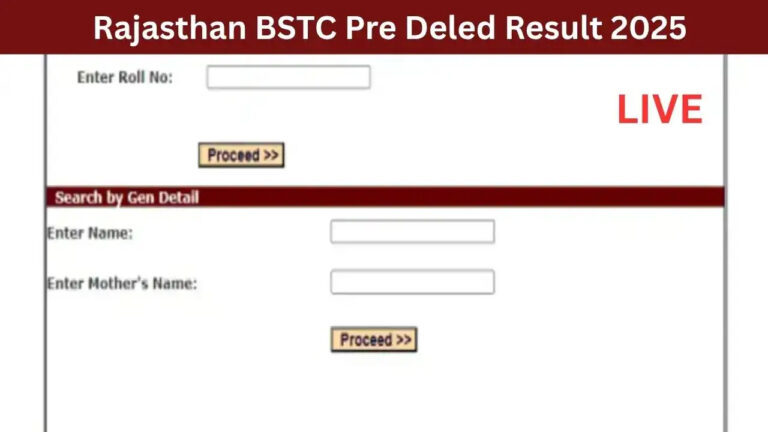Maruti Suzuki is preparing to launch the Grand Vitara 7-Seater in the Indian market soon. This three-row SUV has been spotted on Indian roads several times during testing and its spy images are going viral on the Internet. This vehicle is currently codenamed Y17 and it may be named Escudo or Torqnado, as the company has filed trademarks for these names.
Grand Vitara 7-Seater Design and Looks
The design of the Grand Vitara 7-Seater will be largely inspired by the Maruti e-Vitara. According to a digital rendering, some major changes can be seen in its front look, such as:
- Headlights taken from e-Vitara
- Headlamps positioned downwards
- DRLs given wing-shaped design
Its side profile will be longer than the standard 5-seater version, to make room for an additional seating row. New 5-spoke V-shaped alloy wheels will make this SUV even more stylish. At the rear, it will have LED connected tail lights, which will look similar to the e-Vitara. The rear overhang will also be larger, as is usually seen in 7-seater SUVs.
Grand Vitara 7-Seater Interior and Features
The interior images have not been made public yet, but it is expected to get a free-standing touchscreen infotainment system. Apart from this, the cabin, upholstery and seats can be similar to the e-Vitara.
Possible features:
- 9-inch touchscreen infotainment system
- Android Auto and Apple CarPlay support
- Digital instrument cluster
- 360-degree camera and wireless charging
- Automatic climate control and ventilated seats
Grand Vitara 7-Seater Engine and Performance
This SUV will be built on Maruti’s Global C-Architecture and will get the same 1.5L petrol engine that comes in its 5-seater model.
- Engine Type Power (bhp) Torque (nm) Gearbox Options
- 1.5L Petrol 103 bhp 136.8nm 5-speed manual / 6-speed automatic
- 1.5L Mild-Hybrid 115 bhp 141nm E-SWAT
There is a possibility that Maruti can also use hybrid technology in it, which will give better mileage and it will be more fuel-efficient.
Grand Vitara 7-Seater Production and Launch Date
This SUV will be manufactured at the Kharkhoda plant in Haryana, which will be fully operational by 2025. It is expected that its production will start in the third quarter of 2025 and it will be launched in the Indian market around Diwali (October-November 2025).










